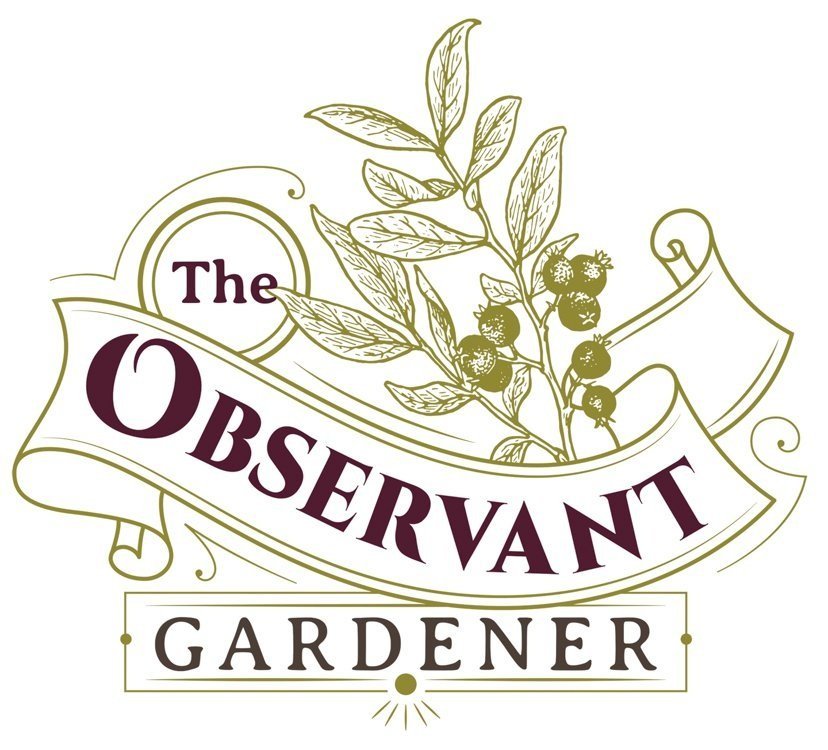Adopt the pace of nature: her secret is patience – Ralph Waldo Emerson
One of the most exotic plants that I have ever grown is the mysterious and stunning moonflower. This is not an easy plant to germinate, but it is worth the effort. Several years ago I bought seeds and planted them as I usually do. Nothing happened and I didn't know why until I did some research. I discovered that the seeds need to be soaked for several hours, and then their hard shells need to be cut open. What a fussy plant! The next spring I used nail clippers to snip a bit off each seed after soaking, and this time they sprouted.
A Nocturnal Bloom
A unique feature of the moonflower is that it blooms at dusk and each bloom lasts for only one night. However, the effect of seeing these large white blossoms of approximately eight inches wide at night is magical. Nighttime pollinators, such as moths and bats, are attracted to the moonflower's sweet scent.
Since the moonflower is a vine, I plant the seeds at the base of my trellis in May. It seems to take a long time for sprouts to emerge, but eventually they do. Large handsome leaves appear as the plant climbs over the trellis. Finally, in late August, I begin to see buds. By mid-September, the blooms began to unfurl as evening approaches. The bud opens quickly, which is a thrill to watch! By dawn the next day the flower fades. Seeing an open moonflower at night under the full moon is a glorious sight.
Moonflowers do well in a Southern climate. In Western North Carolina, the blooms keep coming throughout most of October until the nights become cool. Then the moonflower season is over. It is a long wait from planting seeds in May to the appearance of blooms in September and October, but a gardener's patience is rewarded by the beauty of this nocturnal-blooming plant.
Two Types of Moonflowers
Gardeners should be aware that there are two different plants referred to as "moonflowers," with names like devil's trumpet, jimson weed, devil's weed or loco weed. One is Datura stramonium and the other is Ipomoea alba, which is the one that I grow.
There are significant distinctions between the two plants. Datura blooms during the day and grows low to the ground. Also, its flower is a different shape than Ipomoea. More importantly, all parts of the Datura are highly poisonous to both humans and animals. Even Ipomoea can be mildly toxic if ingested, but it is safe to touch, so it is a much better option for the gardener than Datura. When you buy moonflower seeds, be sure to read the packet carefully to see which variety you are buying.
Many cultures have associated the moonflower with a sense of mystery, love and spiritual enlightenment. If you have a trellis in a sunny area and you are willing to be patient, consider growing the magnificent Ipomoea alba moonflower.
Have you had success growing moonflowers? Please share any tips you may have in the comment section below.
This article appears in The Laurel of Asheville. Follow @TheObservantGardener on Instagram to see new garden photos daily!

